The periodic table of the elements with metallic elements colored in green, nonmetallic in orange and metalloids in blue.
Click on image for full size
L.Gardiner/Windows to the Universe
Chemistry
Chemistry is the study of
matter, energy, and how they effect each other. Chemists study the what substances are made of and what they do, and how they react with each other. Chemists work to develop new substances, with properties that can help us.
Because chemistry deals with the structure of matter (such as the structure of the atom, it is related to physics. Because chemistry is involved in the biology of life (for instance, how plants grow), it is related to biology. Because geology involves study of the matter the Earth and other bodies in the solar system are made of, geology involves chemistry.
Geochemistry is the study of Earth materials, and how they change. Geochemists study the abundances of the elements in minerals, soils, rocks, and ores, as well as in water and the atmosphere.
Biogeochemistry is the study of the composition of substances in the natural environment, and how they change. Biogeochemists study cycles in the Earth, such as the carbon cycle and nitrogen cycle.
People are not sure where the word "chemistry" comes from. It may come from the word "alchemy", which may come from the Arabic word "al-kimia". In the Middle Ages, alchemists tried to change regular metals into gold, and to find magical compounds that would allow immortality or wisdom.
You might also be interested in:
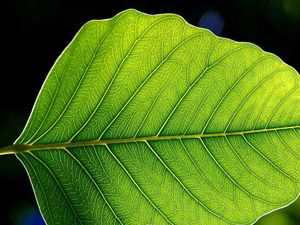
There are many different kinds of plants. Some have big leaves. Some have small leaves. Some even have flowers. All plants make their own food. When sunlight hits the leaves of a plant, photosynthesis
...more
Everything you see around you is made of tiny particles called atoms. Atoms are so small that you can’t see them but scientists have found out that there are many different types of atoms, and each type
...more
Minerals are the building blocks of rocks. There are many different types of minerals. All of them are solid and all are made of atoms of elements. Minerals can grow even though they are not alive. Most
...more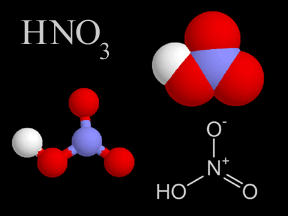
Nitric acid is a very strong kind of acid. If you got some on your skin, it would burn you! Nitric acid has nitrogen, oxygen, and hydrogen atoms in it. Earth's atmosphere has a very, very tiny bit of nitric
...more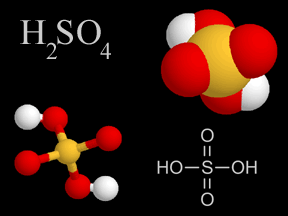
Sulfuric acid is a very common type of acid. Acid rain has sulfuric acid in it. Acid rain harms plants, fish, and other living things. A type of air pollution causes acid rain. When people burn fossil
...more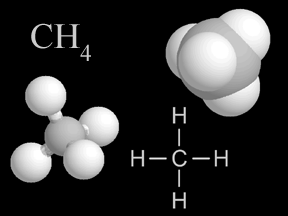
Methane is a kind of gas. There is a small amount of methane in the air you breathe. A methane molecule has carbon and hydrogen atoms in it. Methane is a greenhouse gas. That means it helps make Earth
...more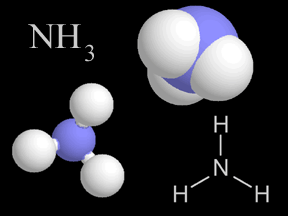
Ammonia is a kind of gas. Ammonia molecules (NH3) have hydrogen and nitrogen atoms in them. The air you breathe has a tiny bit of ammonia in it. When plants and animals die and decay, they give off ammonia.
...more














